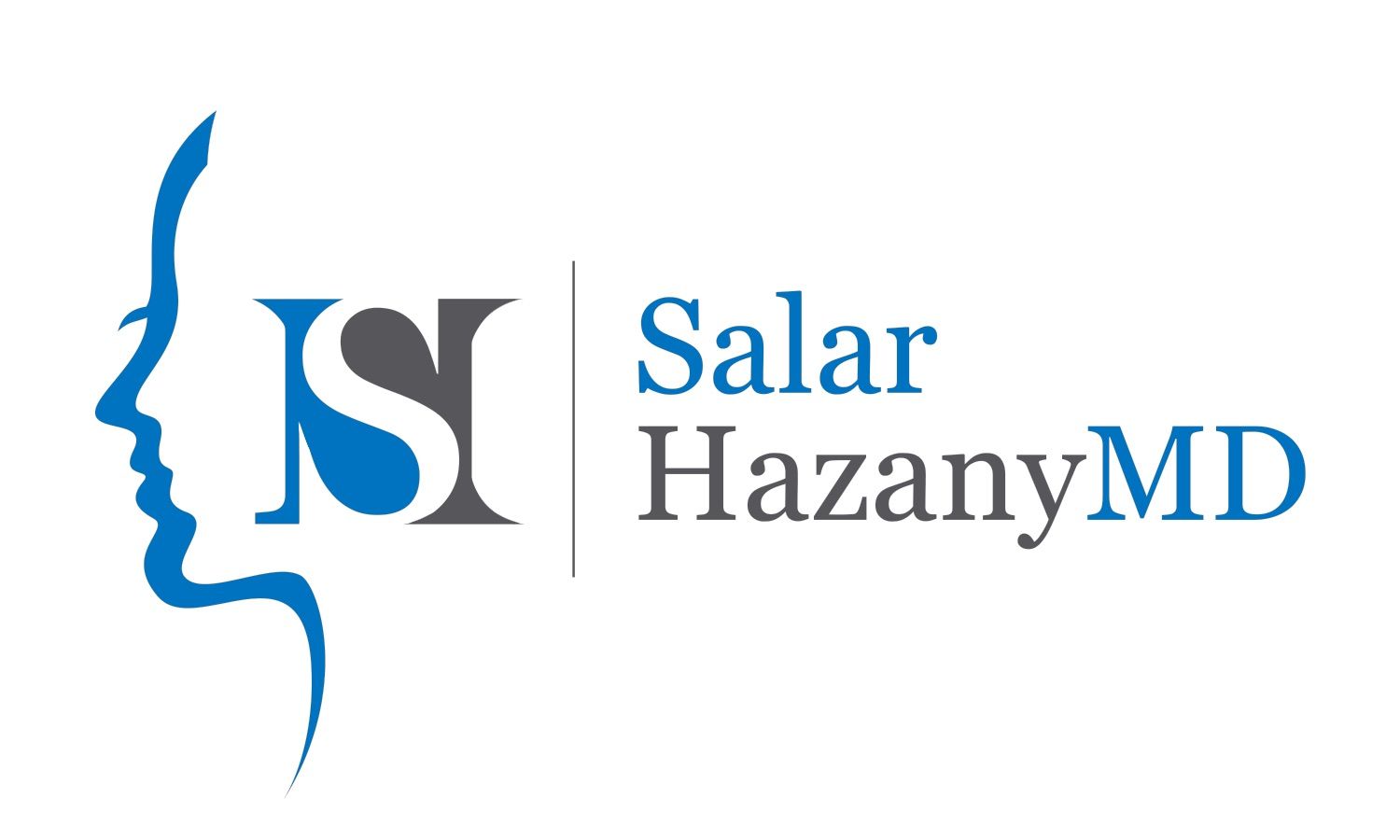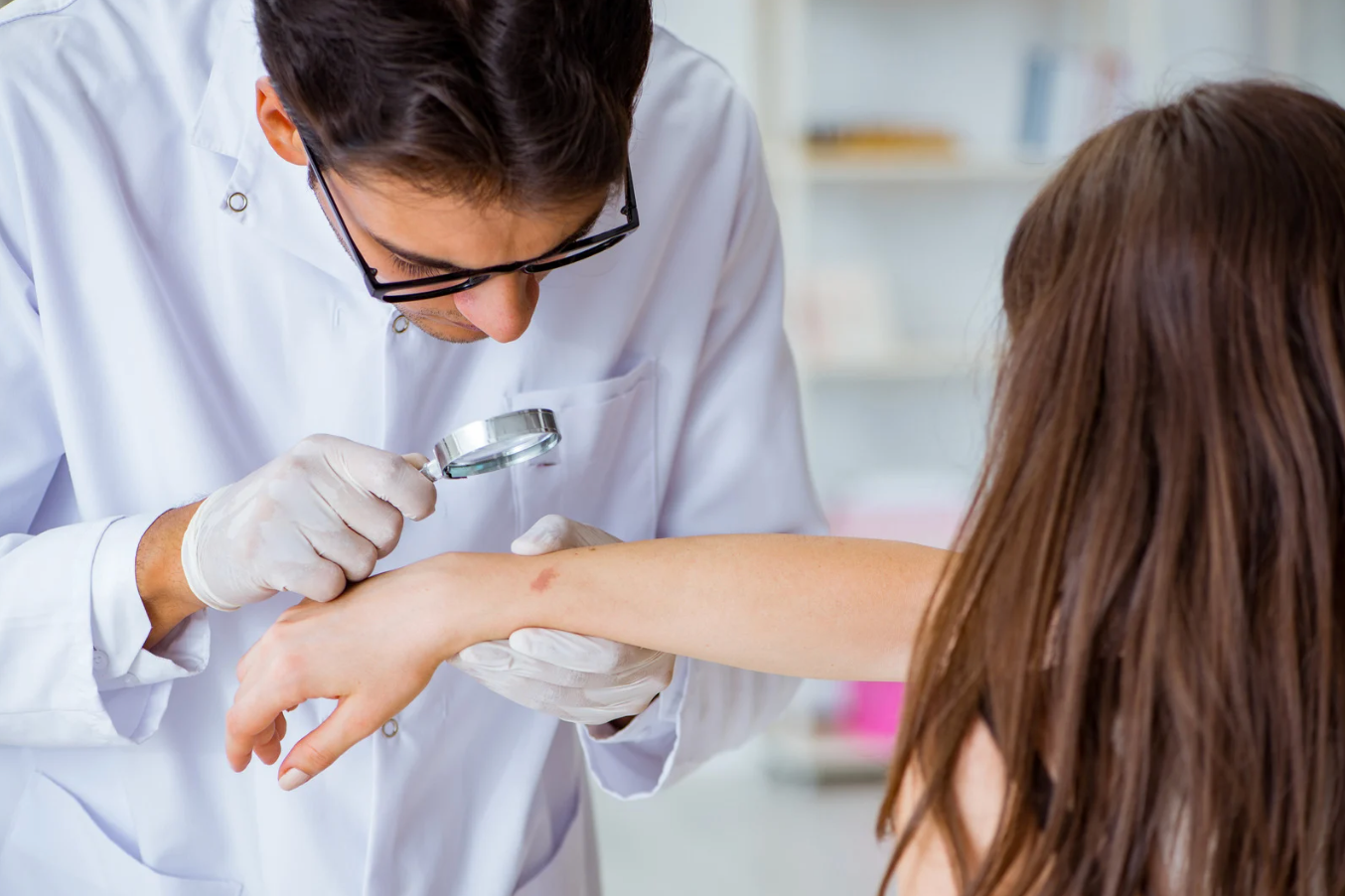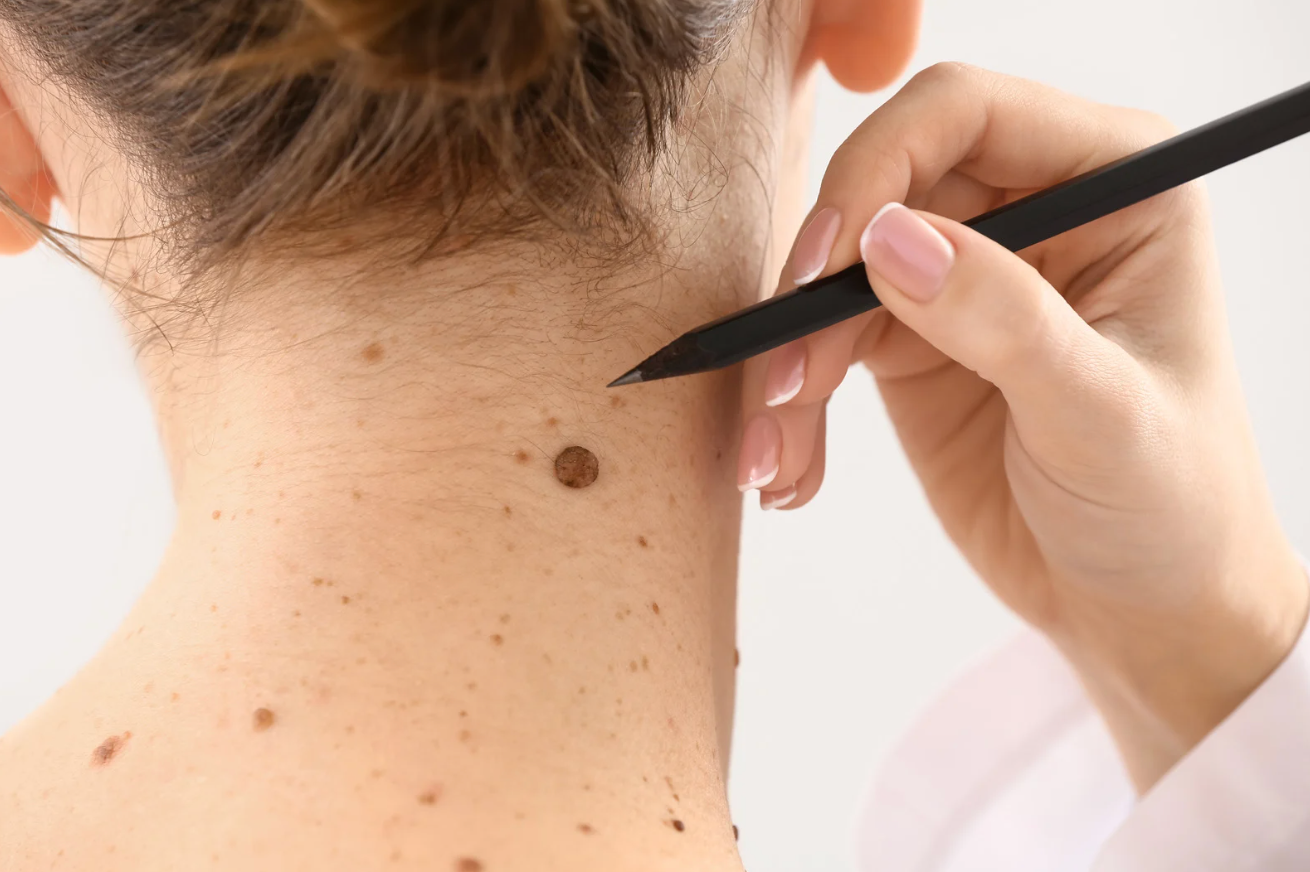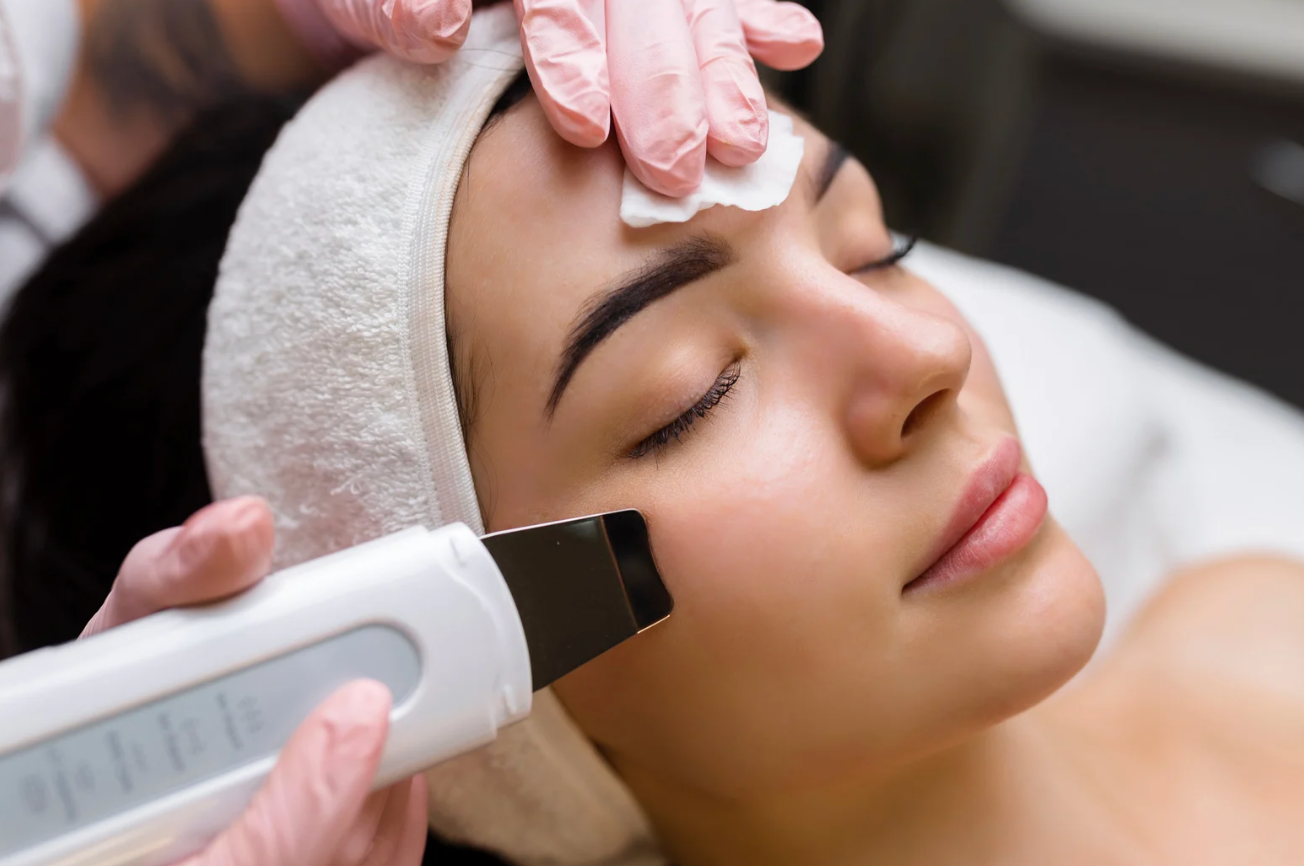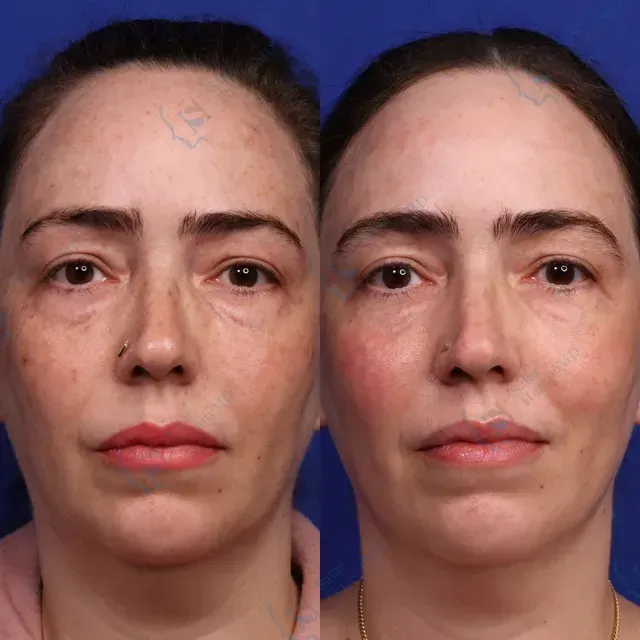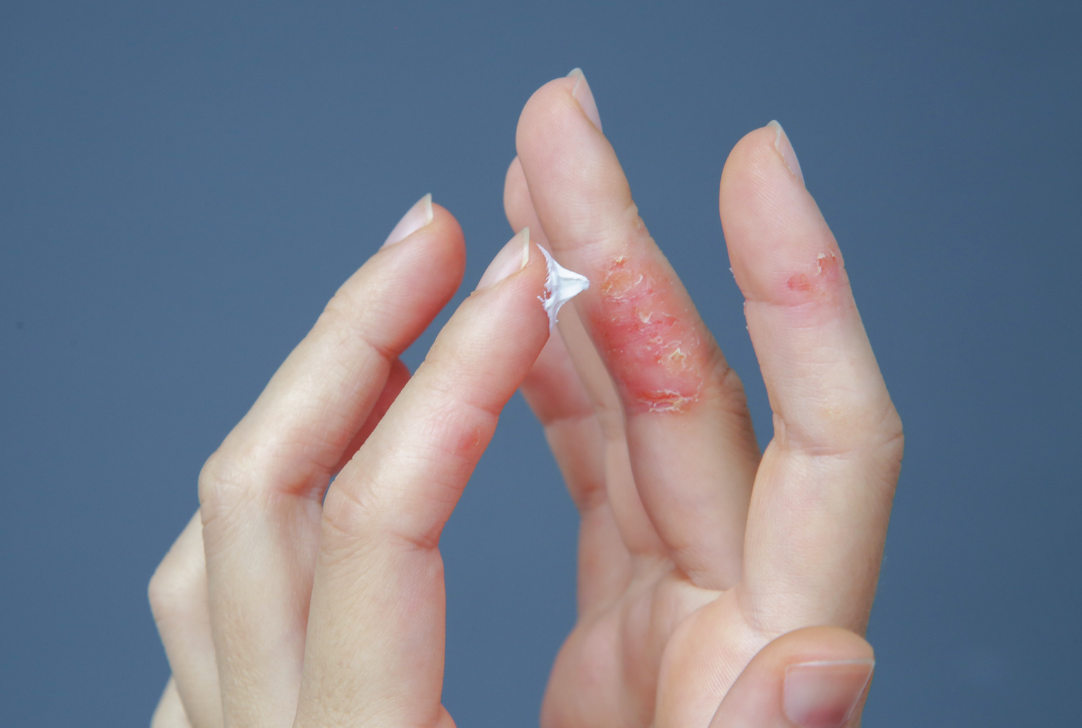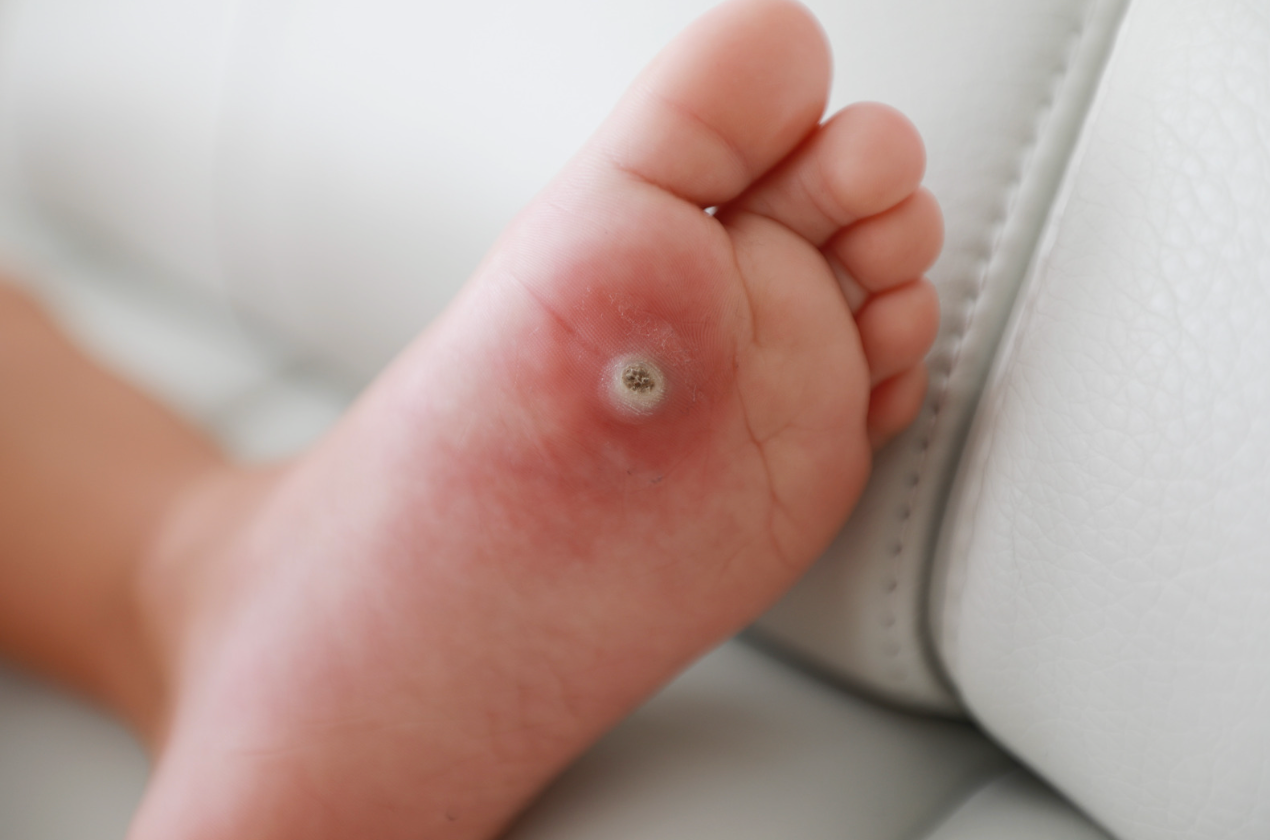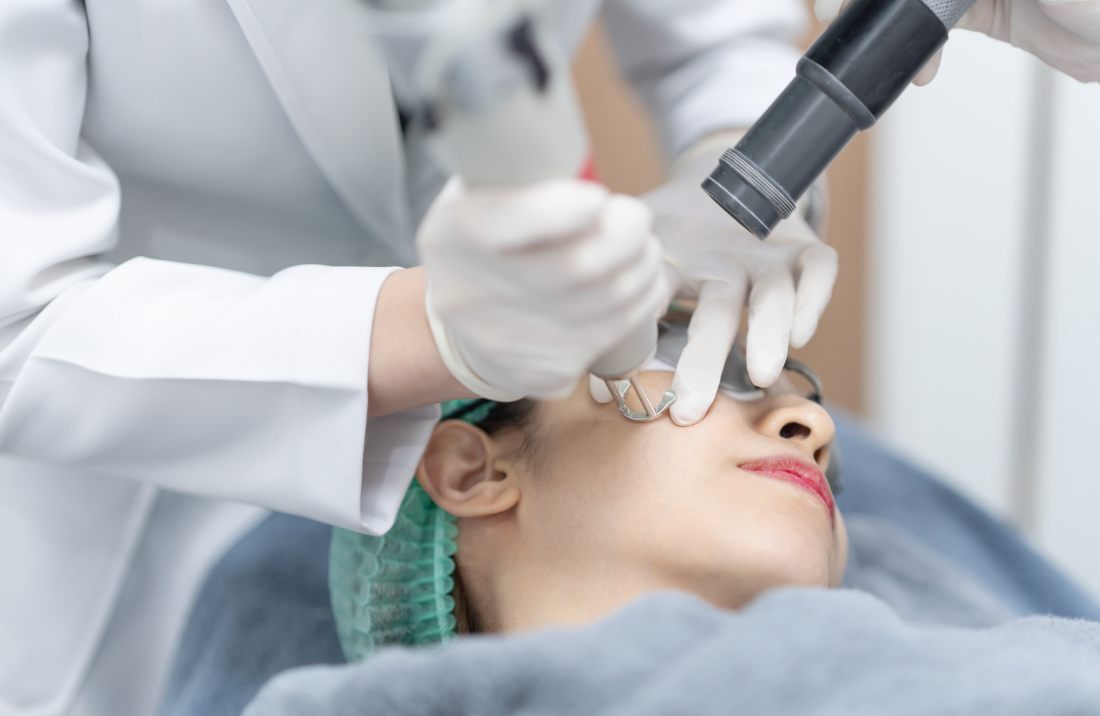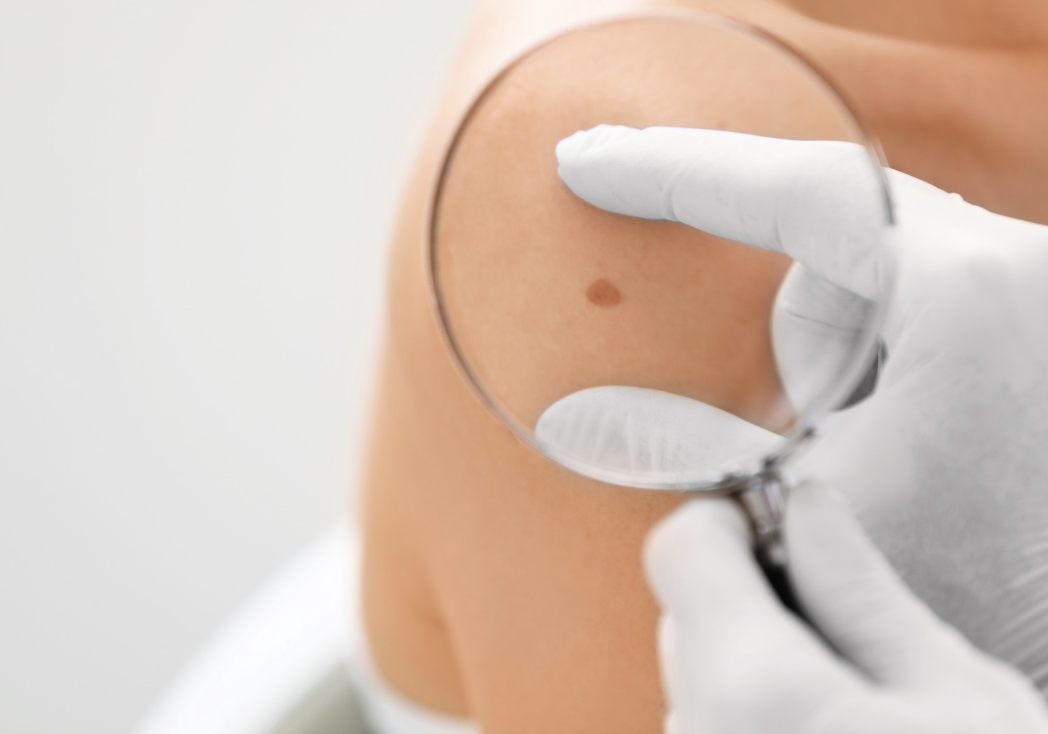What Happens After Mohs Surgery? A Breakdown of the Healing Process
Insights about recovery and scar management
Mohs micrographic surgery is a highly effective approach to removing skin cancer. It is recognized only for its high cure rates for melanoma and non-melanoma skin cancers, such as basal cell carcinoma (BCC) and squamous cell carcinoma (SCC), but also for its favorable aesthetic outcomes.
Still, patients are concerned about how they will look after Mohs because it is a type of surgery at the end of the day. Also, Mohs is commonly performed on the face, which raises even more concerns.
Just like with any other surgery, there are multiple phases of healing after Mohs surgery. In this blog, we are going to break down how your wound would look in the short-term and long-term in minor, moderate, and major cases of Mohs surgery.
First 14 Days after Mohs Surgery
The first 14 days after surgery are very critical across all levels of Mohs surgery. During this time, your wound is going to be protected with a special wound dressing. You must refrain from getting the wound wet or engaging in intense physical activity that could potentially cause bleeding or splitting of your wound if sutures were used.
Pain and swelling is completely normal after surgery. Patients who have had extensive reconstruction and stitches may experience more soreness than patients whose wounds were allowed to heal open. Regardless, most patients do well with OTC medications and icing. A stronger pain medication, such as tramadol, may be offered to you to make you even more comfortable after your procedure.
Stitches are typically removed in 10 to 14 days after surgery. When the stitches come out, you will likely notice a raised ridge where the stitches were placed. This is completely normal, as the wound is still fresh.
First Few Months after Mohs Surgery
You will start to notice your wound flattening very gradually over time. This is the sign of your wound forming collagen, which will contract over time and lay flush with the surrounding healthy skin.
Every patient is different - some will see a noticeable difference in a couple of weeks and others in a couple of months. It really depends on the extent of reconstruction as well as the location. For instance, patients with stitching on highly mobile areas, such as the shoulder, may find the area to be slower to heal due to the frequent pulling that happens with normal arm movement throughout the day.
What about redness or hyperpigmentation?
You will likely find that redness is still persistent. This is completely normal, as this is a sign of blood vessels feeding oxygen to the wound to expedite healing. Many patients confuse redness with hyperpigmentation. You can easily tell the difference by performing a quick test on your skin: just use a finger to push on the wound to see if the redness disappears with pressure. If it does, it means it is just redness (you are effectively restricting blood flow to the area by pushing on the skin). If you see that there is residual brown discoloration after pushing on the wound, it is possible that it is hyperpigmentation.
Many patients ask if they can get laser treatment to make the redness go away. Generally, this is not recommended because eliminating redness requires eliminating blood vessels. And if you eliminate blood vessels, this would actually starve the wound of the oxygen it needs to heal properly.
Hyperpigmentation can be treated with topical hydroquinone or lightening cream. This medication is usually provided to you beforehand, as we can assess your relative risk of hyperpigmentation based on your skin type. Regardless, hyperpigmentation is usually transient and very treatable with prescription-grade lightening ingredients.
Long-Term Healing After Mohs Surgery
It takes about 1 full year for your wound to completely settle. At this point, redness should be at a minimum. Additionally, any raised wound should be nearly completely flat.
Depending on how you heal as a patient as well as the skill of the surgeon, it is not uncommon for patients to experience some level of leftover scarring, especially those who underwent highly complex reconstructive surgeries after Mohs.
How do I treat scars after Mohs surgery?
Scars tend to fade over time.
However, some patients may develop very unsightly skin depressions or raised scars where the stitches were placed. There are a myriad of treatments available for post-Mohs scarring, including:
- Steroid Injections
- Subcision
- Chemical Peels
- Fillers
- Lasers
- Microneedling
- Surgical Scar Revision
Dr. Hazany is an expert in both performing virtually scarless Mohs surgery and treating patients’ existing scars from previous surgeries done at other facilities.
Recently, Dr. Hazany founded the Scar Healing Institute (shi.org), which performs post-Mohs scar revision on a daily basis. Because Dr. Hazany himself is a Mohs surgeon, he understands how these types of scars typically form and what treatments are most optimal to reduce their appearance. Typically, there is no single treatment that can make your scars go away. It usually takes a combination of treatments over a long period of time to help you produce the best results.
How early can I begin scar treatment after Mohs surgery?
Like we mentioned earlier, redness would be too premature to treat at the <1-year time-mark. However, you can begin correcting the depth and shape of the scar in a matter of several weeks to months after Mohs surgery. Treating scars early during the healing process allows you to actively control inflammation, which could lead to worse scarring outcomes.
Keep in mind that performing additional treatments can prolong the period of redness. However, many can manage the appearance of redness with makeup or tinted sunscreen while they undergo their treatments. Many patients, in fact, would say that redness is a small and temporary price to pay to get their scars treated.
Final words…
Healing is a long process after Mohs surgery but you do not have to tackle it alone. Dr. Hazany and the Scar Healing Institute are both here to help you defeat skin cancer and make you look your best.

